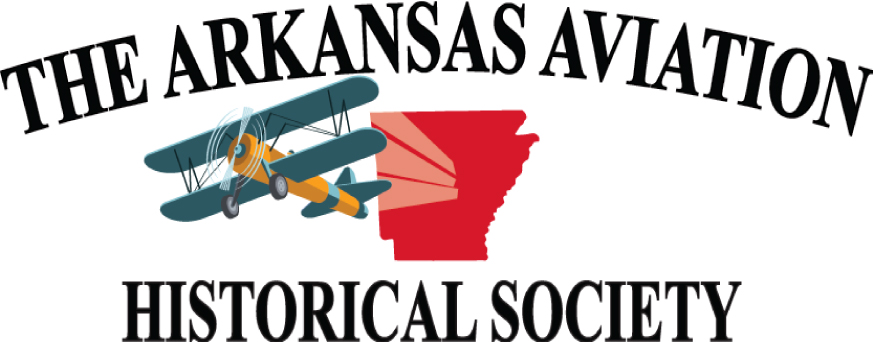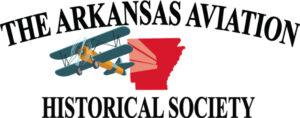Ten years out of Yale, Wendel A Robertson unwittingly traded the trenches of France for the twisting, twirling flight above St. Mihiel. When the United States entered World War I, Robertson was working at the family's business at Fort Smith. He enlisted in the Army's Infantry Officers Candidate School at Ft. Logan Roots in North Little Rock, but was reassigned to the Army Signal Corps for training as an aviation cadet.
Following pilot training in Illinois he went to France, assigned to the Third Aviation Instructional Center at Issoudun. There he became a fighter pilot and in July 1918 he went to the newly formed 139th Aero Squadron. For two months Robertson flew combat missions but none of them brought contact with the Germ.an Air Force. Then, on September 12, 1918, a day that dawned with a rain of American artillery as the St Mihiel offensive began, Robertson took off, flying wingman to his squadron commander, the ace David Putnam. Twice both Americans threw their Spads into dogfights against superior numbers. In the first, Putnam downed a Fokker. In the second, Robertson watched as a German sent Putnam's Spad spinning into the ground. Robertson, though, survived the fight.
A week later Robertson and his squadron set out to avenge the loss of their commander. Robertson shot down three German fighters. Over the next ten days, the 139th shot down 23 enemy airplanes-Wendel Robertson contributed four, raising his tally to seven in these last days of the war.
In April, 1919, he returned to Fort Smith and in the years between the two world wars, ran numerous businesses-including working as a sales manager for, ironically, Fokker Aircraft. During WW II, age forced him into administrative work for the Air Force, toiling in overseas posts in North Africa and the Mediterranean Theatre. He died in 1963 in Oklahoma City.


